Robotics and the Environment: A Synergy of Innovation, Sustainability, and Health!

In the pursuit of a sustainable future, robotics stands as a transformative force, not only for environmental conservation but also in the realm of healthcare. This blog explores the applications and benefits of robotics in environmental protection, showcasing how these technological marvels are fostering a harmonious relationship between innovation, ecological preservation, and medical advancements.

Environmental Monitoring and Surveillance: Precision Beyond Human Capacity:
One of the primary applications of robotics in environmental conservation is monitoring and surveillance. Robots equipped with advanced sensors and imaging technology can traverse challenging terrains, collect data, and monitor ecosystems with unparalleled precision. Drones, for example, enable aerial surveillance, allowing researchers to assess deforestation, track wildlife populations, and monitor changes in landscapes. By surpassing human limitations in accessing remote or hazardous areas, robotics enhances our ability to understand and safeguard the environment.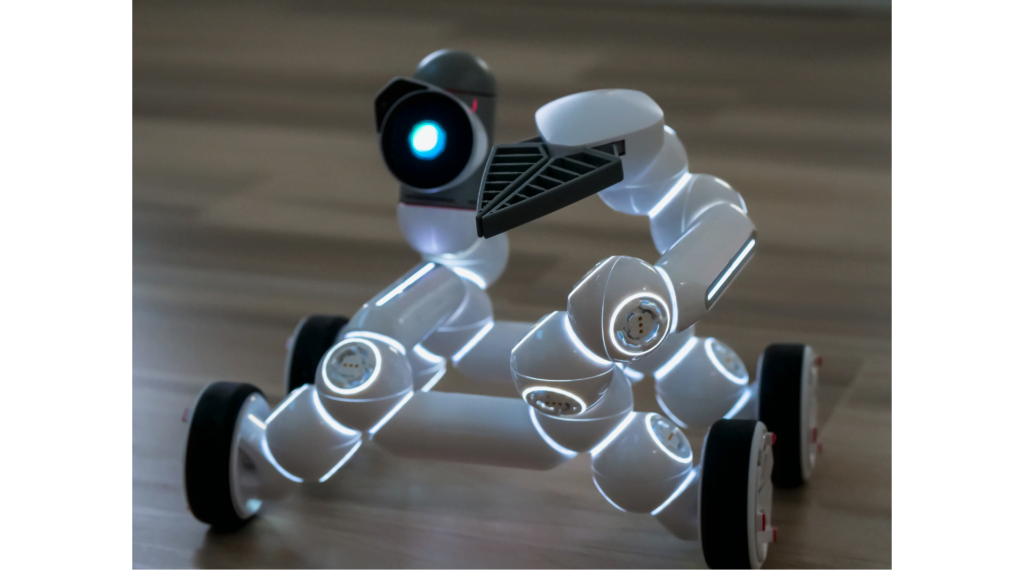
Precision Agriculture: Maximizing Efficiency and Minimizing Impact:
In agriculture, robotics is revolutionizing the way we cultivate and manage crops. Precision agriculture, facilitated by robotic technologies, involves the use of autonomous vehicles, drones, and robotic arms to optimize farming practices. These robots can precisely plant, monitor, and harvest crops, minimizing resource use and reducing environmental impact. By optimizing irrigation, fertilization, and pesticide application, robotics in agriculture contributes to increased efficiency and sustainability in food production.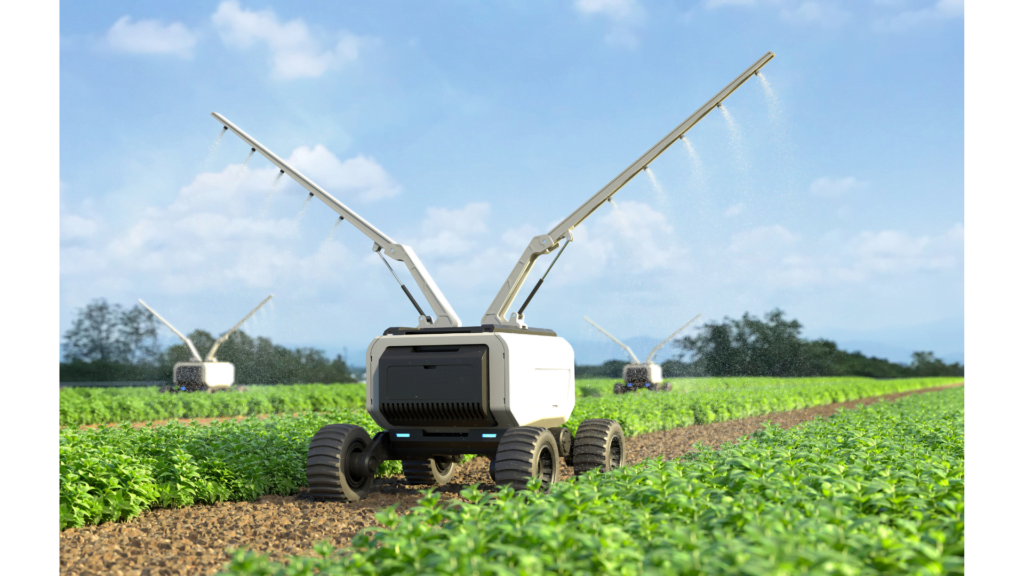
Marine Conservation: Exploring Depths and Protecting Ocean Ecosystems:
The marine environment, often challenging for human exploration, benefits immensely from robotic technologies. Underwater robots, or remotely operated vehicles (ROVs), enable scientists to explore ocean depths, study marine life, and assess the health of coral reefs. These robots can perform tasks such as collecting samples and monitoring underwater ecosystems without disturbing delicate environments. Robotics in marine conservation is instrumental in expanding our understanding of the oceans and implementing targeted conservation efforts.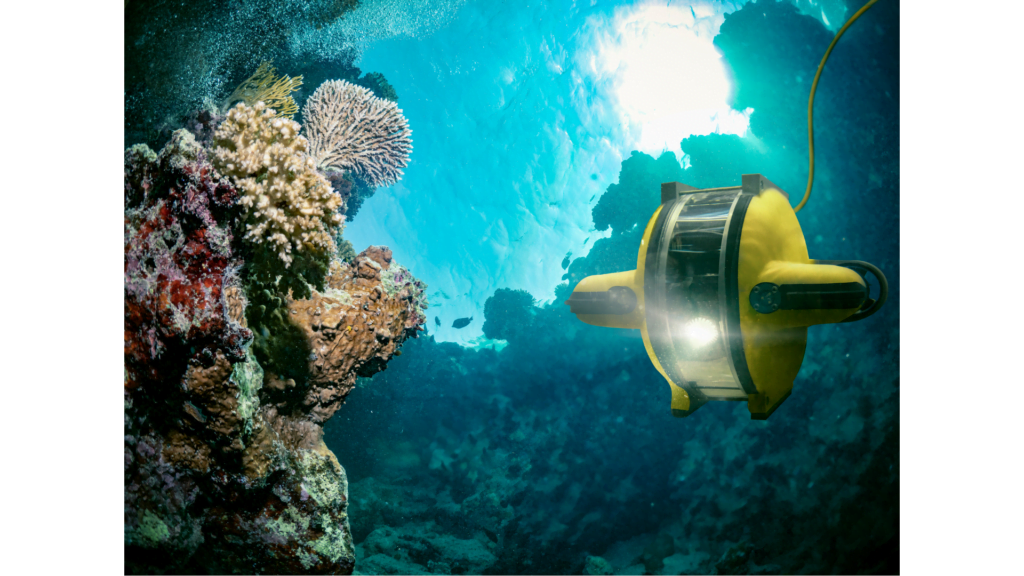
Waste Management: Enhancing Efficiency and Safety:
Waste management is a critical aspect of environmental sustainability, and robotics is playing a key role in optimizing this process. Robots are increasingly used in sorting and processing waste in recycling facilities. These robots can identify and separate different types of materials with speed and precision, improving recycling rates and reducing contamination. Additionally, robots are deployed in hazardous waste cleanup, minimizing human exposure to dangerous substances. This application of robotics enhances the efficiency and safety of waste management practices.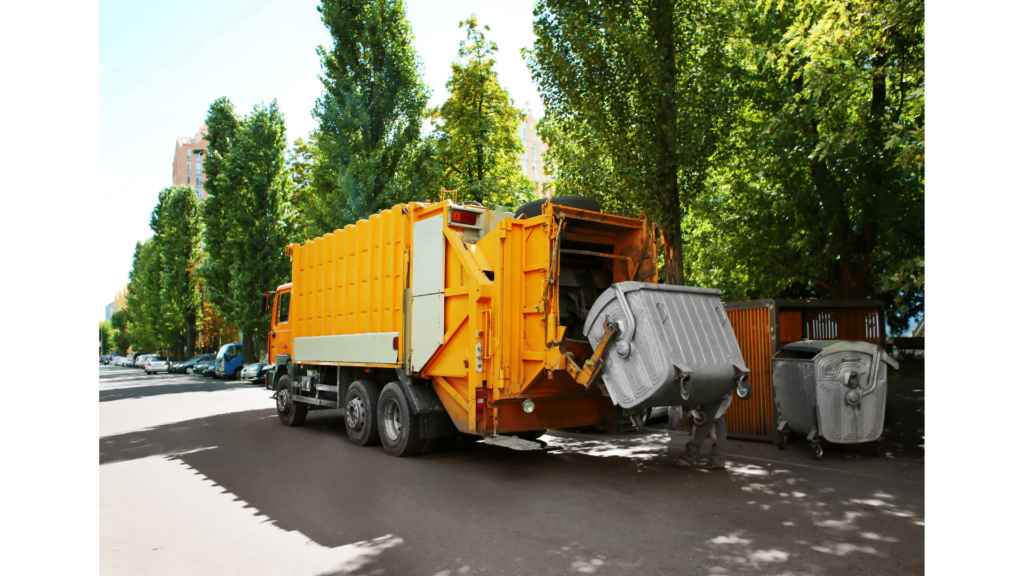
Medical Robotics: Precision in Healthcare:
Beyond environmental conservation, robotics is transforming healthcare. Medical robots are employed in surgeries, diagnostics, and rehabilitation, offering unprecedented precision and minimally invasive procedures. Surgical robots, for instance, enhance the accuracy of complex surgeries, reducing recovery times. Telepresence robots enable remote patient monitoring and consultations. The integration of robotics in healthcare not only improves patient outcomes but also contributes to a more sustainable healthcare system through optimized procedures and reduced resource utilization.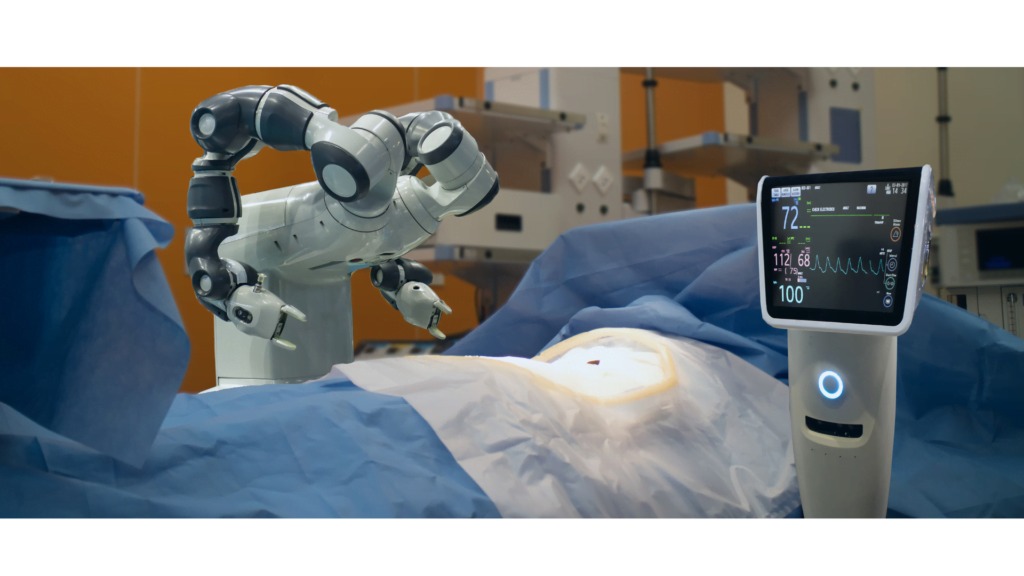
As robotics becomes a linchpin in environmental conservation, its applications extend to healthcare, bringing precision and innovation to medical practices. This multifaceted role positions robotics as a key driver of sustainability and health in the modern world.
